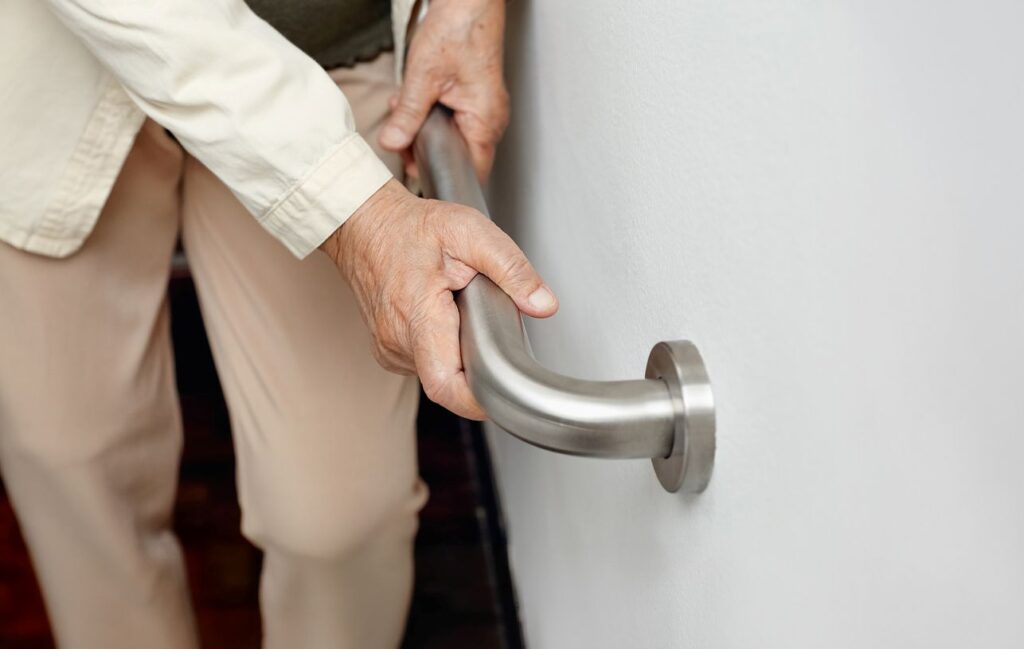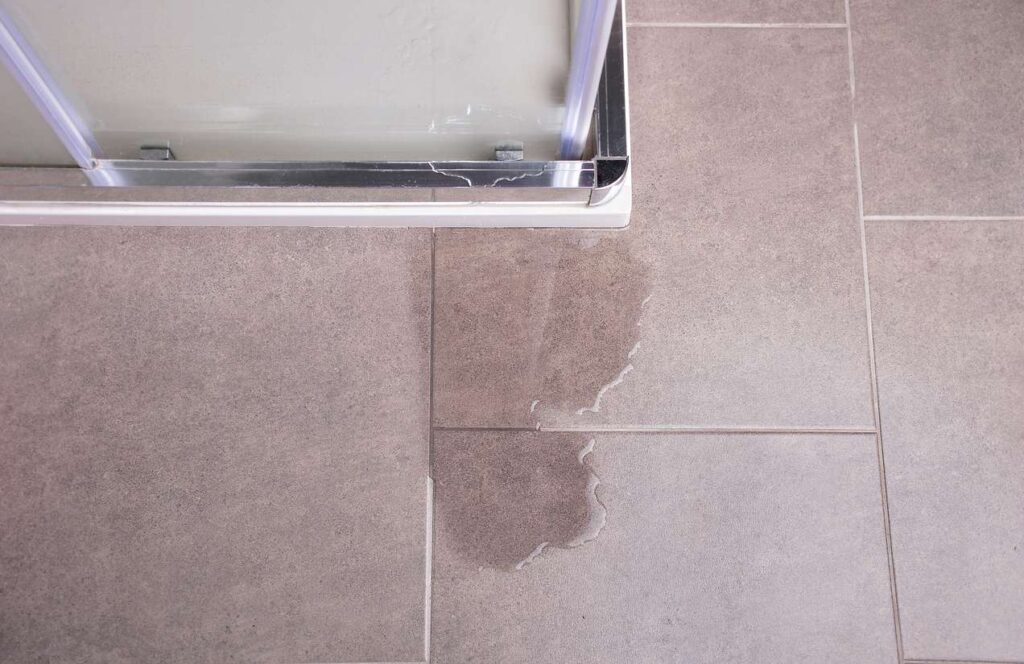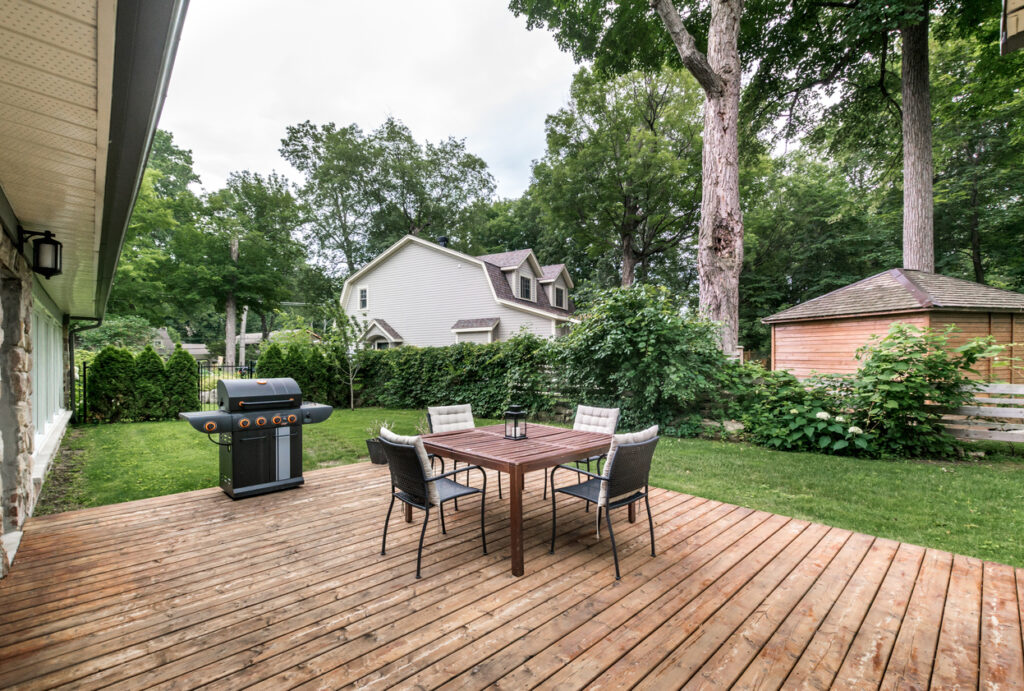Home Safety Checklist for Older Adults

We understand that older adults want to continue enjoying the lifestyle they’ve built over the years and stay in the homes they love. However, as we age, certain everyday activities can become more challenging, and risks that were once minor inconveniences can turn into real hazards without proper preparation and care.
Today, we’re going room by room to highlight everything you need to know about home safety for elderly individuals.
With a few key adjustments from our home safety assessment checklist, you can help create a safer environment for your loved ones, allowing them to live comfortably and confidently in their own homes—let’s learn how.
Staying Safe in the Kitchen
We’re starting in the kitchen because it’s one of the most frequently used spaces in any home, and one of the most accident-prone. From reaching for a heavy dish on a high shelf to slipping on unnoticed spills, small hazards in the kitchen can quickly lead to dangerous situations. Even something as simple as condensation from the fridge or a misplaced pot handle can pose a risk.
Staying safe in the kitchen relies on accessibility, so we recommend:
- Install easy-to-reach shelves to avoid excessive stretching or climbing.
- Use an automatic shut-off feature for stoves and ovens to prevent fires.
- Keep frequently used items at waist level to reduce bending and reaching.
- Place non-slip mats in front of the sink and stove to prevent slipping.
- Label pantry items clearly with large-print labels for easy identification.
- Use ergonomic kitchen tools with easy-grip handles to reduce strain.
- Set up good lighting, especially under cabinets and near cooking areas.
- Keep a fire extinguisher within easy reach and know how to use it.
Avoiding Falls in the Bathroom

The bathroom is another area of the home where slip-and-fall accidents are common. Humidity and moisture are unavoidable, and a poorly lit room or a small puddle of water can lead to an unexpected fall. Fortunately, a few simple changes can greatly reduce these risks:
- Install grab bars near the toilet, shower, and bathtub for stability.
- Use a shower chair or bench for added support while bathing.
- Place non-slip mats inside and outside the tub to prevent slipping, just like we did in the kitchen.
- Adjust water heater settings to limit the maximum temperature, preventing accidental burns.
- Use a raised toilet seat to make sitting and standing easier.
- Install bright, motion-sensing lighting for better visibility at night.
- Replace glass shower doors with shatterproof or textured alternatives.
Furniture and Stair Safety
Beyond individual rooms, furniture placement and stair safety play a significant role in home safety for seniors. Stair-related accidents can be among the most severe, and even a minor fall onto a sharp-edged table can lead to serious injuries.
- Add corner guards to tables, countertops, and other sharp furniture edges.
- Arrange furniture to create clear walkways and prevent tripping hazards.
- Secure rugs with non-slip backing or remove them altogether.
- Install stair railings on both sides of staircases for extra stability. Consider a stair lift if your loved one struggles with mobility.
- Place bright, non-slip strips on stair edges for better visibility.
Outdoor Home Safety Checklist for Seniors

When the weather is nice, there’s little better than taking a step outside to enjoy the fresh air. However, as your loved one gardens or relaxes by the pool, there are a couple of steps you or our caregivers can take to make the experience equally enjoyable and safe:
- Install motion-sensing lights around entrances and along walkways.
- Use slip-resistant tape on outdoor stairs to prevent falls.
- Trim overgrown bushes and trees to maintain clear walkways.
- Make sure house numbers are visible in case of an emergency.
- Keep an emergency key in a secure, accessible location (but not under a doormat).
- Install a peephole at eye level or a security camera at the front door.
- Never leave wet leaves, ice, or snow on walkways—shovel or sweep regularly.
Reduce Risks of Injury With Living Life at Home
Preparing the home for a safer living environment is an essential first step, but having the right support system in place can make all the difference.
From helping move a heavy sewing machine to assisting with our elderly home safety checklist tasks like retrieving cooking ingredients or adjusting furniture, the referred caregivers we offer bring the support your loved ones need to continue enjoying their independence at home.
Living Life at Home connects families with skilled and empathetic caregivers who provide both practical assistance and companionship. If you’d like to learn more about how we can help make home life safer and more comfortable for your loved ones, contact us today. We’re here to support your family every step of the way.
